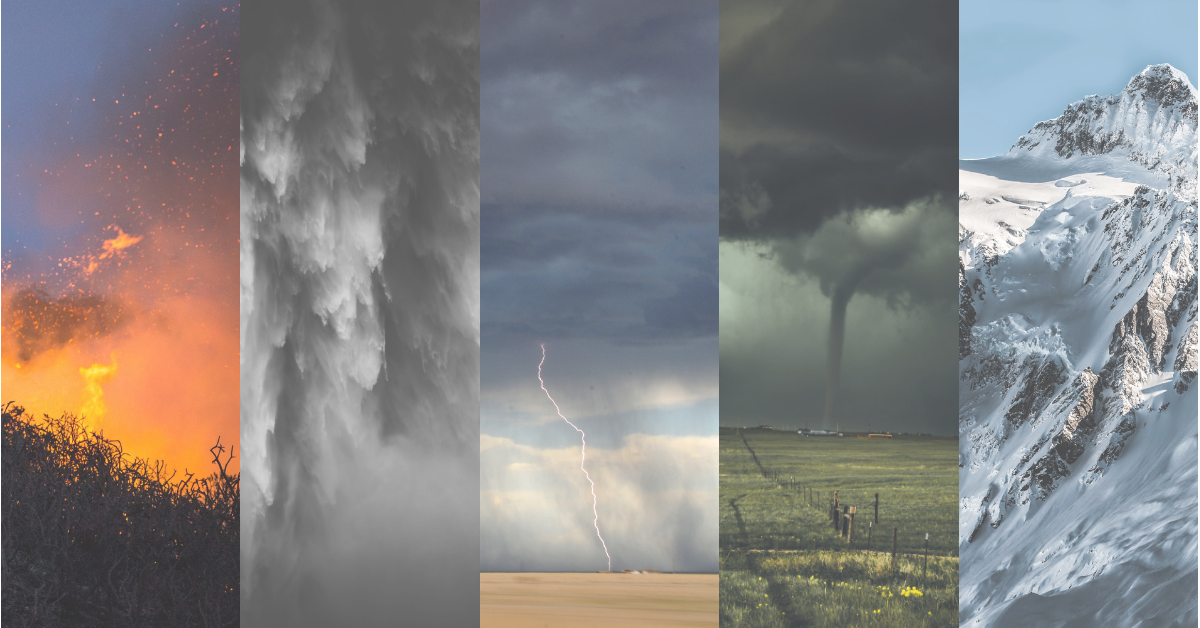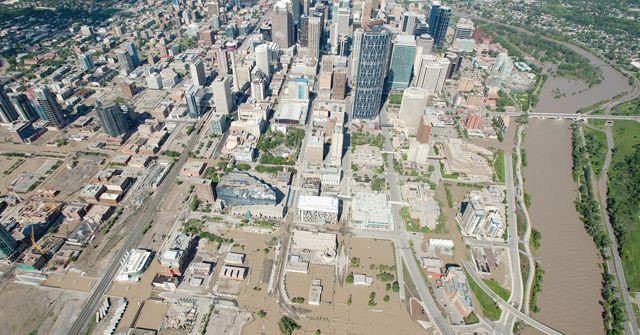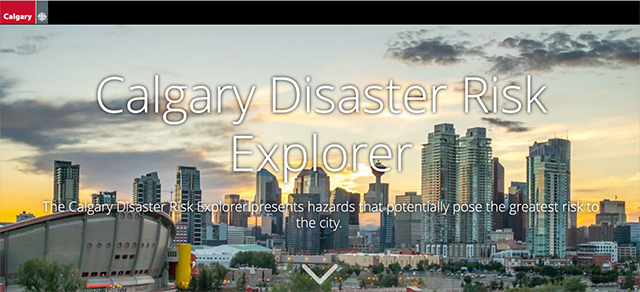
Emergency Preparedness (EP) Week occurs annually for one week in the month of May. The goal of EP Week is to encourage Canadians to take concrete steps in ensuring that their households and workplaces are prepared in the event of an emergency.

Emergencies come in all shapes and forms. Canadians and people around the world are encouraged to have supplies and emergency kits that will last them for at least 72 hours. An emergency could mean a fire, flood, tornado, lightning, or avalanche, to name a few. It is essential to understand what types of emergencies could happen in your community.
Do you know the risks and are you prepared?
Three simple steps can better prepare you in the event of an emergency. The three steps are (1) know the risks, (2) make a plan, (3) get an emergency kit.
1. Know the risks
All across Canada, there are different risks for each region, understanding what could occur in your area is essential to being emergency ready. Since numerous hazards could happen, various steps can be done to prepare.
For example, before a flood occurs:
Above all, listen to the directive of your local authorities.

Source: Calgary Herald, “Timeline: How the great flood of 2013 evolved”
During an emergency:
After an emergency:
It is essential that you stay calm. Depending on the severity of the emergency, you should check yourself for injuries, then check to see if anyone else has injuries or needs help.
It is also essential to ensure you have enough water that can last you and your family a prolonged period of time. If there is still running water, fill up the bathtub or sink, so you have drinking water.
If you do not have running water, remember you have ice cube trays and hot water tanks that can be used.
2. Make a plan
Emergencies never occur at “a good time,” so you need to be prepared for an emergency to occur at any time. Having a plan for your family or business is essential to ensure you stay calm and understand what to do.
Get Prepared has an excellent online resource where you can create and print an emergency plan. If you do not want to make it online, it also offers a printable version that you and your family can fill out together. Once your plan is created, you should go over it with your family and make sure everyone understands the plan.
Please visit www.getprepared.gc.ca for more information on how you can create your emergency plan.
3. Get an emergency kit
In the event of an emergency, you will need basic and essential supplies. It is possible that you will not have access to tap water or power for an extensive amount of time. It is recommended that you have enough supplies for at least 72 hours.
It is suggested that emergency kits are stored in accessible places and are easily transportable. In your home, you may already have necessary supplies, such as food, water and wind-up flashlights. However, it is essential that you keep some of the supplies in a pre-determined spot for ease and accessibility during an emergency.
For a full list of items that you should keep in your kit, please visit www.getprepared.gc.ca for more information.

Source: City of Calgary “Calgary Disaster Risk Explorer”
If you call Calgary home, the City of Calgary has released a Disaster Risk Explorer for our city. This Risk explorer goes through all the possible disasters that can impact the city; some of the disasters include infrastructure, drought, blizzard, heat, rain, flooding, tornado and winter storms.
Within each category, the city shows the risk consequence scoring, which represents the potential consequences of the risk. It also demonstrates the consequence and the level of likelihood of the disaster to happen.
This is a beneficial tool for Calgarians to understand the risks within the city and how to deal with them when they occur.
Please visit https://maps.calgary.ca/DisasterRiskExplorer/ to see all of the potential risks to the City of Calgary.
